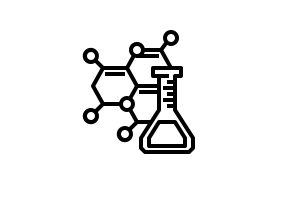Photocatalytic CO2 conversion to HCOOH
 topic
topic
CO2 conversion to formic acid[Pro21]
Formic acid (FA) is a simple chemical with many uses. Its applications include use as a preservative, in the leather and dyeing industry and chemical providing a C1 building block. It is also an important H2 carrier, because of its qualities as non-toxic, easily storable liquid. This also makes it directly usable in fuel cells.[Fas16] The global production is currently estimated at 870.000 metric tons in 2021 with a CAGR (Compound Annual Growth Report) of 3.87% in volume terms during the period 2022-2027.[https://www.mordorintelligence.com/industry-reports/formic-acid-market]
Industrial production of formic acid is done mainly by carbonylation of methanol and subsequent hydrolysation of methyl formate to formic acid.[FA00]
A direct approach of synthesis by hydrogenation of CO2 and using renewable energy, such as sunlight in photocatalysis, in a homogeneous environment, is the focus of this page.
Sacrificial electron donors
Ruthenium Catalysts
Photosensitizers
Experiments
Cobalt Catalysts
100553
[Show R-Groups]
Co(MePP)
tBuxant-(Co(qpy))2
Organic and semiconductor photosensitizer
3,7-Di((1,1'-biphenyl)-4-yl)-10-(naphthalen-1-yl)-10H-phenoxazine
100494


